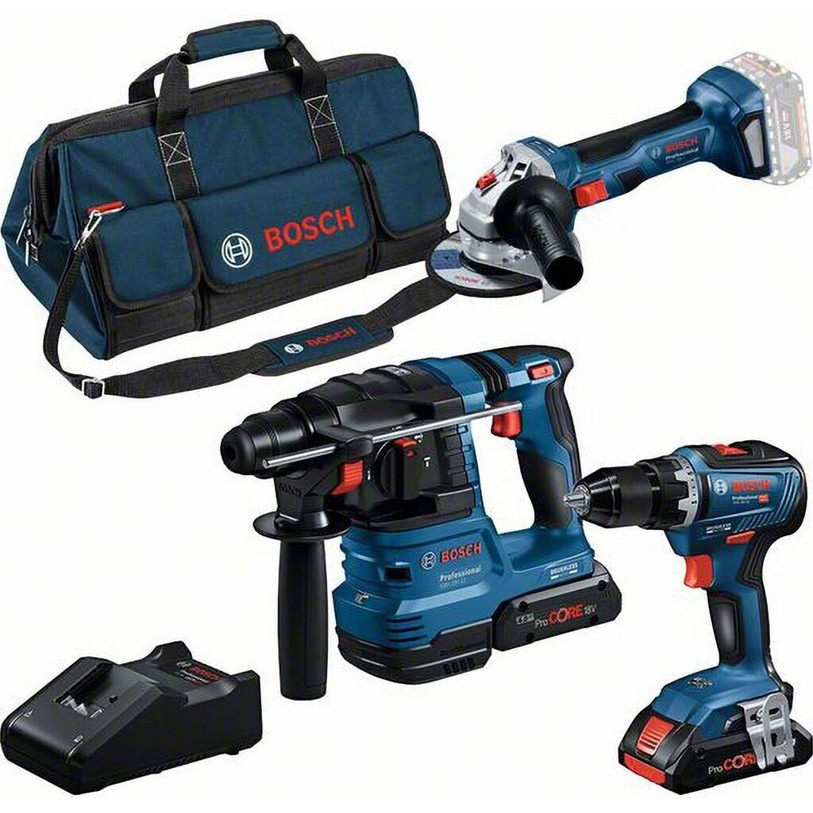Understanding Stationary Planer Prices: A Comprehensive Guide
For woodworkers and carpenters at any level, a stationary planer is a necessary tool for achieving precision and uniformity in wood thickness. As with any power tool, the price of a stationary planer can differ commonly based on a number of elements such as brand name, size, functions, and performance abilities. In this article, we'll explore the different aspects that influence the pricing of stationary planers and provide insights into what purchasers should consider when purchasing.
Factors Influencing Stationary Planer Prices
When it concerns acquiring a stationary planer, several components enter into play that affect the rates:
1. Brand Reputation
- Well-known brands with a history of quality typically command higher rates.
- Popular brand names include Dewalt, Makita, Grizzly, and Jet.
2. Motor Power
- The power of the motor, determined in horsepower (HP), can considerably impact the price.
- More effective motors typically deal with bigger tasks and more difficult materials however come at a premium.
3. Cutting Width and Capacity
- Planers can be found in various sizes developed for various wood preparation tasks.
- Wider planers cost more due to their increased capacity and performance capabilities.
4. Feature Set
- Functions such as adjustable speeds, digital displays, and additional blades can increase the expense of a stationary planer.
- Higher-end models may offer sophisticated technology for improved efficiency and finish.
5. Quality of Build
- A well-constructed machine normally uses durability and less vibration, which contributes to better results.
- Materials used in building and construction (aluminum, cast iron) and the general style can affect both price and efficiency.
6. Warranty and Customer Support
- Longer service warranties and reputable customer care can make a stationary planer worth a higher preliminary investment.
- Premium brand names often offer prolonged service warranties as a testimony to their tool's resilience.
Price Ranges of Stationary Planers
To supply a clearer perspective on the rates structure across different designs, here's a table breaking down the price varies based upon the aspects discussed:
| Category | Price Range (GBP) | Features |
|---|---|---|
| Entry-Level Model | ₤ 200 - ₤ 400 | Basic functionality, smaller designs, appropriate for enthusiasts. |
| Mid-Range Model | ₤ 400 - ₤ 800 | Greater motor power, broadened cutting width; perfect for severe woodworkers. |
| Professional Model | ₤ 800 - ₤ 1500 | Heavy-duty construction, advanced features, ideal for commercial use. |
| Premium/Industrial Model | ₤ 1500 and above | Top-tier performance, exceptional build quality, produced extensive applications. |
Popular Stationary Planer Brands
Here are some of the leading brands worldwide of stationary planers and their noteworthy features:
1. DeWalt
- Notable Model: DW735X
- Key Features: Two-speed gearbox, 13" cutting width, effective 20,000 RPM max cutter speed.
2. Makita
- Significant Model: 2012NB
- Key Features: Compact style, 12" cutting width, integrated laser for precision.
3. Grizzly
- Significant Model: G0505
- Secret Features: Heavy-duty building and construction, 15" width, and readily available accessories for enhanced efficiency.
4. Jet
- Notable Model: JWP-208HH
- Secret Features: Helical cutter head for a superior surface, 20" cutting width.
5. Powermatic
- Notable Model: PM2244
- Secret Features: Integrated helical cutter head, precise height modification system, integrated mobility package.
Pros and Cons of Investing in a Stationary Planer
Pros
- Greater Precision: Stationary planers supply consistent and accurate cuts.
- Sturdiness: Built to withstand heavy use, providing long-lasting worth.
- Smoother Finishes: Often produce better finishes compared to handheld designs.
- Versatility: Suitable for a vast array of woodworking tasks.
Cons
- Cost: Higher initial financial investment compared to other woodworking tools.
- Space Required: They require considerable workshop area.
- Possibly Heavy: Many models can be troublesome to move.
Regularly Asked Questions (FAQ)
1. What's the distinction between a stationary planer and a portable planer?
Stationary planers are bigger, more robust, and created for sturdy usage. On the other hand, portable planers are lightweight and more versatile to different places however usually have less power and capacity.
2. Can I utilize a planer for materials besides wood?
While stationary planers are primarily created for wood, some can manage softer products like plastics. Nevertheless, care needs to be taken to avoid harming the blades.
3. Is it worth investing in a high-end stationary planer?
If woodworking is a regular pursuit or if you're working on high-stakes tasks, a high-end planer is a rewarding financial investment due to its resilience, precision, and frequently remarkable surface.
4. How often should I hone or replace the blades?
The frequency of honing or replacing blades depends on usage. Frequently examine the blades; changing them after a number of projects or when you notice a reduction in performance is a good idea.
5. Is noise an interest in stationary planers?
Yes, stationary planers can produce considerable sound. It's a good idea to wear hearing defense and think about purchasing sound-dampening services for your workshop.
Investing in a stationary planer can elevate the woodworking experience, allowing for precision and quality in jobs that require uniform wood thickness. With Akku Maschinen Set Mit Schlagschrauber Und Bohrhammer 18v of prices alternatives readily available, understanding what affects these costs can help purchasers pick a model that satisfies their requirements and budget plan. By considering aspects such as brand name, power, functions, and overall construct quality, woodworkers can make educated choices causing successful woodworking ventures.

